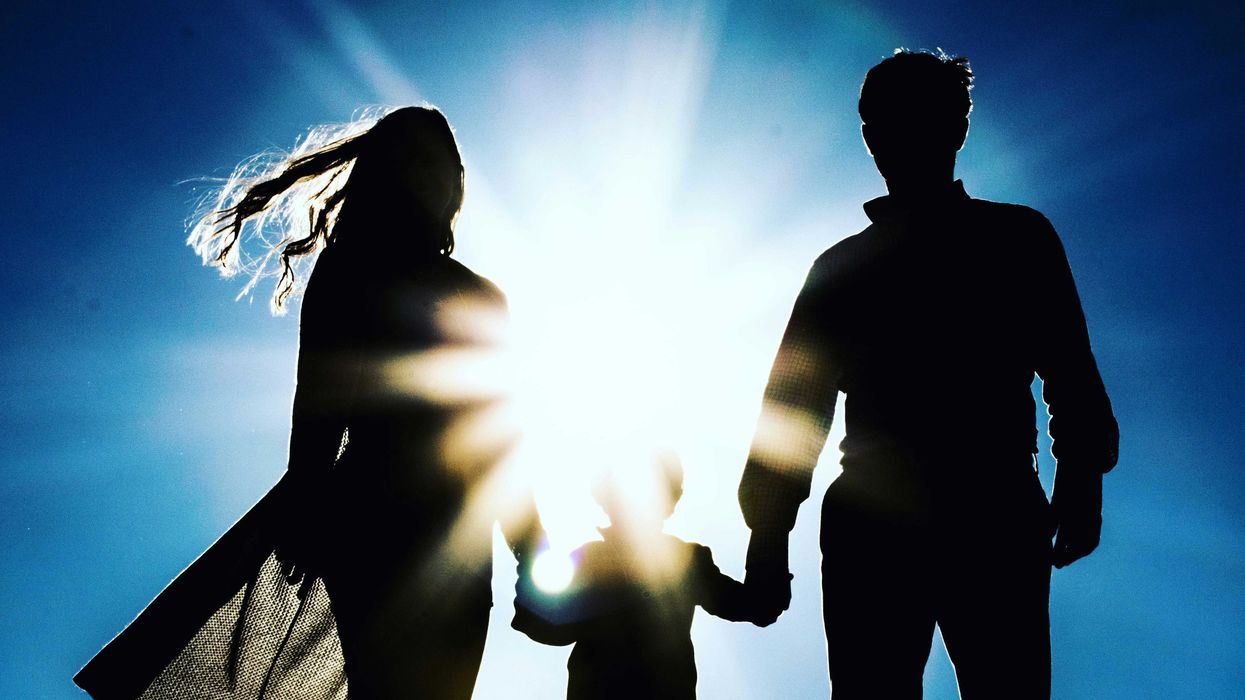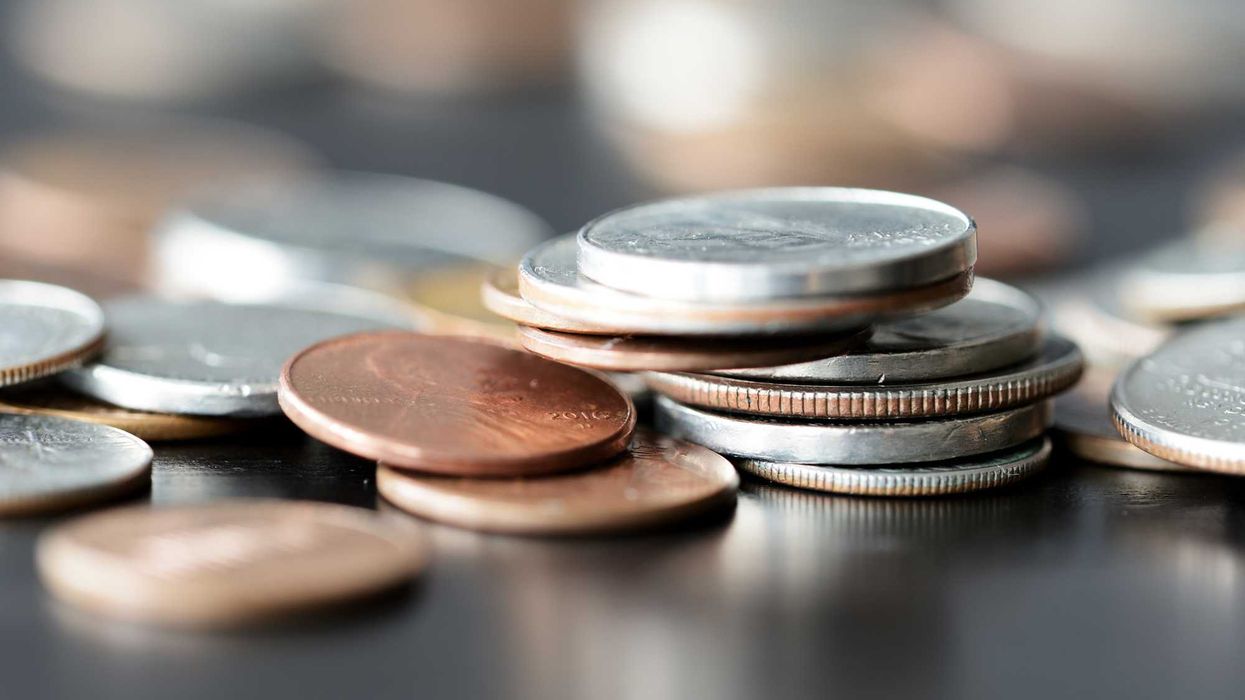Jean-Paul Ciardullo is a Los Angeles-based litigation attorney who helps his clients find creative solutions to their conflicts. Mr. Ciardullo is not a member of any political organization or action group, and his views on voting reform are his own.
What if there were a way to heal the partisan political divide in our country by making a simple change to our voting system? It is called Approval Voting, and to understand it, let’s look at how our country chose its most loved dessert.
It is said that there is nothing more American than apple pie, so it might come as a surprise to learn that apple pie is actually not the favorite pie of most Americans. The reason apple pie is so popular is because when people are choosing a dessert to share, they set aside their different individual favorite choices – like blueberry or cherry – and compromise by selecting the pie that most people approve of, even if it may not be their first choice. In fact, this is the way we innately make group decisions.
Our existing voting systems eliminate this “apple pie” compromise by reducing every election to a contest between two polarized first choices, a never-ending battle between “blueberry” and “cherry.” Polling shows that the vast majority of Americans actually agree on a wide range of issues (many more than most of us realize), and are dismayed by how the extreme ends of the political spectrum have hijacked the national conversation. We could accomplish so much together if this “silent majority” of Americans were empowered to form a united voting block. Yet under our existing voting systems, the structure of the ballots forces voters to pick between one of two polarized sides instead of being allowed to reach a popular consensus that a true majority could be happy with.
On most ballots, each of us is only allowed to vote for one candidate per election: a “pick one” system. There does not appear to have been any democratic process that led to the adoption of this ballot structure, and until recently, little serious attention was given to its leading role in polarizing politics. In fact, a “pick one” ballot naturally causes the formation of two dominant political parties, with each side seeking more than half the vote, an effect that political scientists call Duverger's Law. Each of the two dominant parties must try to appeal to their more extreme members, which makes it difficult for politicians with popular consensus views to get elected, limiting choice by artificially halving the country.
Furthermore, Ranked Choice Voting – where voters rank candidates in order of preference – may sound like a good solution at first, but in fact can actually perpetuate a polarized, two-party dichotomy. Many people assume that everyone’s rankings are taken into account like a scoring system, but that is not true. In fact, many, and sometimes all, of voters’ second choices may never be counted. If one candidate gets over fifty percent of first choice votes, that candidate immediately wins, and none of the rest of the rankings are considered. This frequently leads to razor thin wins of just over fifty percent, where the other half of voters strongly disapprove of the winner. If no candidate gets over fifty percent of first choice votes, then candidates who get the fewest first choice votes are eliminated, and their votes are redistributed to whoever (if anyone) they picked as their second choice. Only the minimum number of second choice votes are counted to push one candidate over fifty percent, meaning that many (if not most) voters’ second choice preferences will never be considered.
Continuing the pie analogy, let’s say public opinion is split between voters who rank blueberry first and voters who rank cherry first, but a majority of people on both sides also vote for apple pie as a broadly appealing second choice. Under Ranked Choice Voting, apple pie would be eliminated because it received the fewest first choice votes, preventing a consensus around what was in fact the most widely approved option. In many cases, this can lead to paradoxical results where apple is eliminated even though it would have beaten blueberry or cherry in a one-on-one election. As applied to some of the most common election scenarios, Ranked Choice Voting is essentially just a third party elimination system, redistributing support to one of the two dominant political parties, while the public remains polarized.
Approval Voting counts every second choice vote, and in doing so empowers Americans to elect new kinds of political parties and candidates that reflect the views of most voters across the political spectrum. Instead of limiting voters to pick only one candidate per election, or having them unwittingly eliminate popular consensus choices by ranking them out, an Approval Voting ballot allows you to vote for as many candidates as you approve of, with each vote counting equally, rather than being ranked. In short, the phrase “pick one” on the ballot is changed to “pick all you like.” The voter places a mark on the ballot next to all candidates they approve of, and the winner is simply the candidate who gets the most total votes in the election. Though each voter privately knows which candidate was their first choice and which were their second choices, the ballot counts them all the same, and that is the key to arriving at a true popular consensus.
If voters were people shopping for pie, even if half vote for cherry as their first choice and the other half vote for blueberry as their first choice, if a majority of all of them also cast a vote for apple as an acceptable alternative choice, apple will win. Although voters can choose to only vote for one candidate, everyone is faced with the reality that if they do not support at least one widely appealing candidate, someone they dislike might win the election instead. Voters are thus strongly incentivized to arrive at a consensus. It is the equal weighting of first and second choice votes (rather than ranking) that allows the most broadly appealing candidate to get enough votes to win. Approval Voting also has Occam’s Razor simplicity: the winner is just the candidate with the most total votes, and it requires barely any change to our existing ballots or vote tabulation methods. No other voting reform proposal is so easily understood or implemented.
While Approval Voting would not reverse partisan polarization overnight, it incentivizes a fundamental paradigm shift in politics. Because winning an Approval Voting election requires candidates to appeal to the widest range of people across the entire political spectrum to get the largest combined total of first and second choice votes, Approval Voting naturally results in the creation of new political parties (and the realignment of existing ones) to advocate views that a supermajority of Americans agree on. As voters, politicians, and financial donors all realize this, the two-party political stalemate would fade away, and we could finally unite behind parties and candidates who advocate for all of the urgent and widely popular policies that the vast majority of Americans support. Polarizing candidates would become unelectable. Candidates that today might be thought of as second choices would become the new first choices. In short, Approval Voting creates a pathway for Americans to unite behind what they have in common, rather than be divided in half by their differences. We have lived for so long with a false narrative of unavoidable two-party polarization that we do not even know all the things we could agree on and accomplish together if given the chance.
Allowing people to reach a consensus by considering both their first and second choices is one of the oldest and most basic forms of human cooperation. There is no reason why it cannot be applied to our political system to end partisan stagnation, and empower Americans to have more control over their democracy. Approval Voting is the system we were always meant to have. It is as American as apple pie.


















